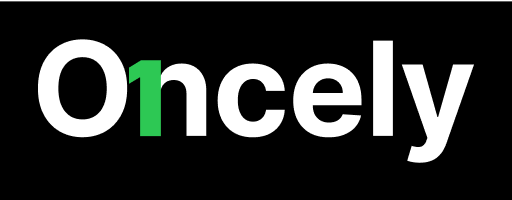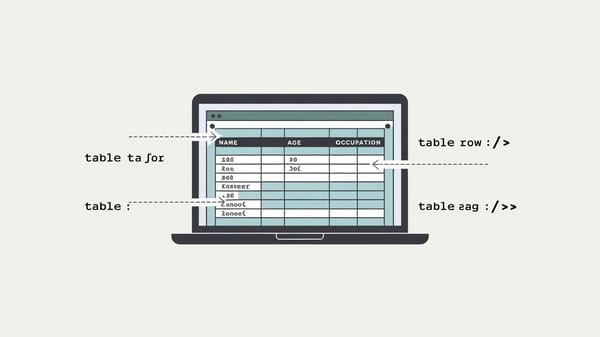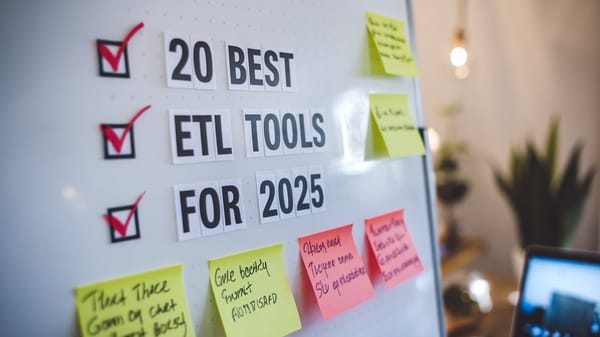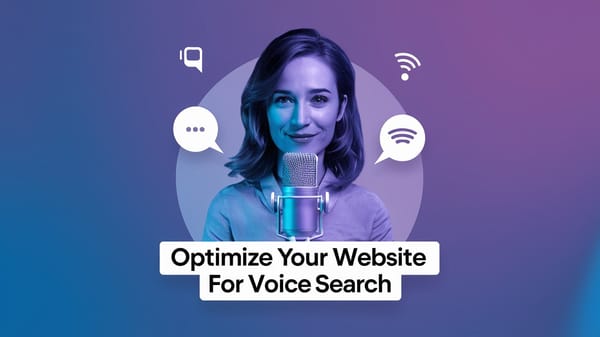Lead Generation: A Beginner’s Guide to Generating Business Leads the Inbound Way
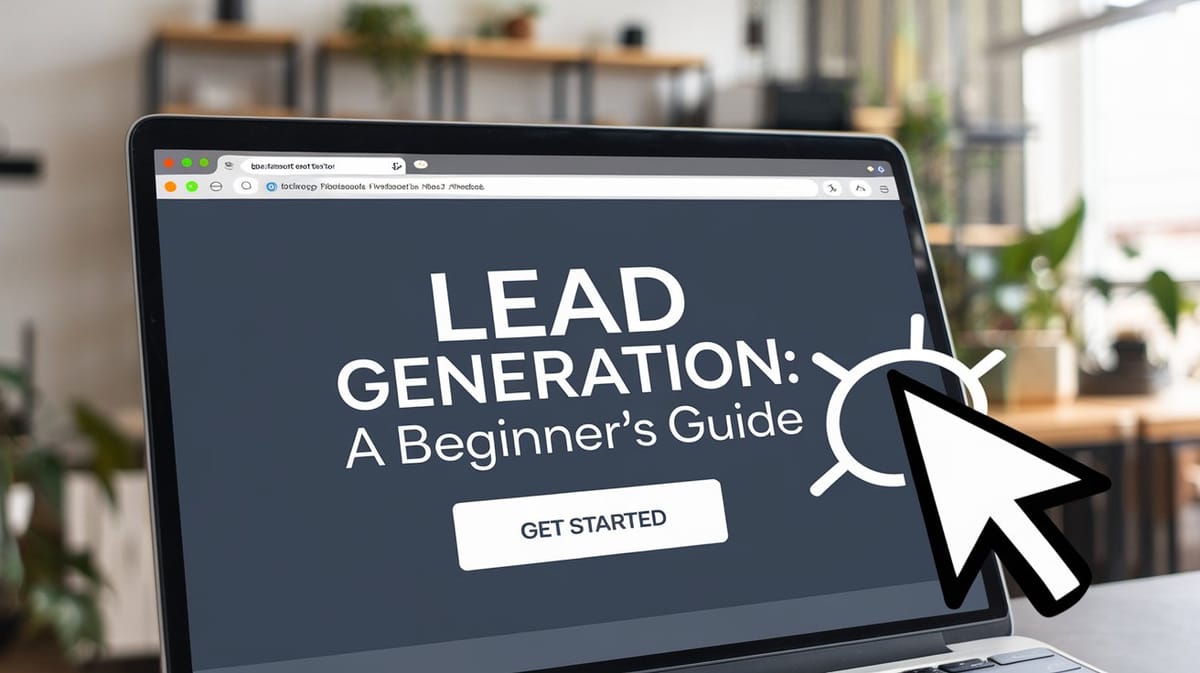
Lead generation is a cornerstone of modern business marketing, particularly in the digital age. It focuses on attracting potential customers and converting them into loyal clients. The inbound lead generation approach has gained significant traction due to its non-intrusive and customer-centric nature. Unlike outbound methods, which often rely on cold calls or unsolicited emails, inbound lead generation draws prospects organically by offering valuable content, solutions, and experiences tailored to their needs. This report provides an in-depth exploration of inbound lead generation, its strategies, benefits, and best practices for businesses aiming to thrive in 2025 and beyond.
You can also visit Oncely.com to find more Top Trending AI Tools. Oncely partners with software developers and companies to present exclusive deals on their products. One unique aspect of Oncely is its “Lifetime Access” feature, where customers can purchase a product once and gain ongoing access to it without any recurring fees. Oncely also provides a 60-day money-back guarantee on most purchases, allowing customers to try out the products and services risk-free.
Oncely is hunting for the most fantastic AI & Software lifetime deals like the ones below or their alternatives:

What is Lead Generation?
Lead generation refers to the process of identifying and attracting potential customers (leads) who show interest in a company's products or services. These leads are then nurtured through the sales funnel with the ultimate goal of converting them into paying customers. Leads can be categorized into various types, including:
- Marketing Qualified Leads (MQLs): Prospects who have engaged with marketing efforts but are not yet ready to make a purchase.
- Sales Qualified Leads (SQLs): Prospects who are further along in the sales funnel and ready for direct sales engagement.
- Product Qualified Leads (PQLs): Prospects who have experienced a product, such as through a free trial, and are likely to convert.
- Service Qualified Leads: Prospects who have indicated interest in a specific service.
Why Inbound Lead Generation?
Inbound lead generation is a highly effective marketing strategy that focuses on attracting leads organically rather than pursuing them aggressively. This approach aligns with changing consumer behaviors, as modern buyers prefer to research and engage with brands on their own terms. Key benefits of inbound lead generation include:
- Higher Lead Quality: Inbound leads are often more qualified and likely to convert because they actively seek out the business.
- Cost Efficiency: Inbound methods, such as content marketing and SEO, typically have lower upfront costs compared to outbound strategies like cold calling.
- Long-Term Growth: Inbound strategies build trust and credibility, fostering long-term relationships with customers.
The Lead Generation Process
The inbound lead generation process involves several key steps:
1. Attracting Prospects
- Use SEO to optimize your website and rank higher in search engine results.
- Create compelling content such as blogs, videos, and infographics that address customer pain points.
- Leverage social media platforms to share valuable insights and engage with your audience.
2. Converting Visitors into Leads
- Offer gated content such as eBooks, whitepapers, or webinars in exchange for contact information.
- Use landing pages with clear calls-to-action (CTAs) to encourage visitors to take the next step.
3. Nurturing Leads
- Implement email marketing campaigns to provide personalized content and updates.
- Use marketing automation tools to segment leads and deliver tailored messages.
4. Closing Sales
- Pass qualified leads to the sales team for direct engagement.
- Use data-driven insights to refine your approach and improve conversion rates.
Key Inbound Lead Generation Strategies for 2025
1. SEO Optimization
Search Engine Optimization (SEO) remains a vital strategy for inbound lead generation. According to the HubSpot State of Marketing Report 2023, 29% of marketers consider SEO one of the top trends for lead generation. Optimized content, such as blogs and videos, helps businesses rank higher in search results, increasing visibility and attracting potential leads.
2. Content Marketing
High-quality content is the backbone of inbound marketing. Businesses should focus on creating educational and engaging content that addresses customer needs. Examples include:
- Blog posts
- Case studies
- How-to guides
- Videos and webinars.
3. AI and Personalization
Artificial Intelligence (AI) is revolutionizing lead generation by enabling highly personalized marketing campaigns. AI-powered tools, such as chatbots and predictive analytics, can analyze customer behavior and preferences to deliver relevant content and recommendations.
4. Social Media Engagement
Social media platforms are invaluable for connecting with prospects and building brand awareness. Businesses should use platforms like LinkedIn, Twitter, and Instagram to share content, engage with followers, and participate in industry conversations.
5. Interactive Content
Interactive content, such as quizzes, polls, and calculators, can capture attention and encourage engagement. This type of content is particularly effective for nurturing leads and moving them down the sales funnel.
Challenges in Lead Generation
Despite its effectiveness, inbound lead generation comes with challenges. According to a report, 79% of marketers struggle to convert leads into sales. This underscores the need for a strategic approach that combines human expertise with automation and creativity.
Best Practices for Successful Lead Generation
- Define Your Ideal Customer Profile (ICP): Understanding your target audience is crucial for creating tailored content and campaigns.
- Use Data-Driven Insights: Leverage analytics tools to track performance and refine your strategies.
- Combine Inbound and Outbound Methods: A hybrid approach can maximize reach and effectiveness.
- Invest in Marketing Automation: Tools like HubSpot and Marketo can streamline lead management and nurturing.
Conclusion
Inbound lead generation is a powerful strategy for attracting and converting high-quality leads in 2025 and beyond. By focusing on SEO, content marketing, AI, and personalization, businesses can build trust, foster long-term relationships, and achieve sustainable growth. However, success requires a strategic approach that combines creativity, data-driven insights, and the right tools. As the digital landscape continues to evolve, businesses must stay agile and adapt their strategies to meet changing customer expectations.
